Swedish traditions fall thick and fast in December, from the lighting of the first advent candle to Christmas itself, with its mighty julbord. Two other equally large festivals feature: Nobeldagen, when those prestigious prizes are awarded right here in Stockholm and Lucia, the feast day dedicated to the saint of that name.
Advent: Starts December 2nd
On December 2nd, most Swedes will celebrate the first week of Advent, the four week period leading up to Christmas. Each Sunday is observed by the lighting of a candle, so that there will be 4 flames merrily flickering on the 23rd to indicate that Christmas is very nearly here.
The first advent Sunday is the big occasion; more people visit Swedish churches on the first Sunday of Advent than any other time of year. It is also the day that Swedes really combat the winter darkness by putting electrical candelabras in their windows, arranging lights on a Christmas tree in the garden and hanging luminous paper stars in their windows.
The popular hot drink to have is glögg, a sweet, spiced wine, served with blanched almonds and raisins, whilst the popular cold drink is julmust, which outsells Coca Cola during this season. It’s difficult to pinpoint the taste of julmust; the nearest I can get is a very sweet root beer, but I suggest you try it! Gingerbread biscuits, pepparkakor, are also everywhere at this time and make for a deliciously evocative Christmas treat.
Nobeldagen: December 10th
Alfred Nobel, native Stockholmer and inventor of dynamite, is celebrated for his contributions to the world every 10th December (the day of his death in 1896). Nobeldagen, literally ‘The Nobel Day’, sees the prestigious prizes for Physics, Chemistry, Physiology or Medicine, Literature and Economic Sciences awarded in Stockholm (the prize for Peace is awarded in Oslo).
The prize consists of a medal, personal diploma and a cash award (set at 8 million SEK per full Nobel Prize for 2012) and an invitation to the Nobel Banquet at the City Hall. Royalty are present at the banquet, which is a lavish affair consisting of Scandinavian delicacies, inspiring speeches and gorgeous clothes. Flowers are flown in from San Remo, Italy; an annual gift from the city where Alfred Nobel died in 1896.
The Nobel Lectures, held in English by this year’s Nobel Laureates in Physics, Chemistry and Economic Sciences, are open to the public for free on the 8th December at Stockholm University.
Somewhat controversially, the Nobel Prize for Peace goes to the European Union and the Nobel Prize for Literature to Mo Yan this year.
Lucia: December 13th
The hugely popular ceremony of Saint Lucia is celebrated traditionally by a procession of women holding candles, headed up by an elected ‘Lucia’, in a white gown with a red sash and a crown of candles on her head. The original Lucia is believed by many to have been a Christian martyr, sentenced to be burnt, but saved by a miracle; the flames refused to consume her.
Some say that the candles represent those flames; others take the candles for a symbol of the ‘light’ forces overcoming over the dark. The 13th December was originally believed to be the shortest day of the year (as referenced by John Donne’s 1627 poem, “A Nocturnal upon St. Lucie’s Day, being the shortest day”), whilst the name Lucia itself means ‘light’, so yet another faction believes that Lucia was a symbol of brighter, longer days ahead. Whatever the reason, it’s a beautiful sight to behold whilst indulging in some delicious Lussekatter, saffron buns.
We will have an article on the origins of Lucia and its significance, along with a recipe for those buns, coming up; in the meantime, why not plan where to go to see a Lucia concert in Stockholm?
Julafton: December 24th
I’m from a country where the 25th December is the big bonanza, but here in Sweden, the height of the Christmas celebrations is December 24: Christmas Eve. No work is to be done on this day, save for last minute preparations for the splendid Julbord, or Christmas meal.
The Julbord is generally served in 3 stages; the first being the fish course, where the likes of sill (pickled herring) and gravad lax (thin slices of raw salmon, cured with salt, dill and sugar) are eaten with potatoes and hard-boiled eggs. The second course comprises cold cuts of meat, the king of which is the Julskinka, Christmas ham, served with mustard. The final course is a selection of hot dishes, including classics such as köttbullar (Swedish meatballs) and Janssons frestelse (literally “Jansson’s temptation”, a casserole of potatoes, onions, cream and anchovies – don’t knock it till you’ve tried it). Dessert is generally in the form of a creamy cinnamon-topped rice pudding, with a hidden almond inside for one diner, who is believed to have luck all the following year.
After the meal, Tomte, the Swedish Christmas elf, comes bringing presents for the children, which usually coincides with dad going out for a cigarette break: ‘Dad! You missed Tomte again!‘
The thing you mustn’t miss though, if you want to celebrate julafton properly, is Kalle Anka och hans vänner önskar God Jul (Donald Duck and his friends wish you a Merry Christmas). Shown on SVT1 at 15:00 on Monday 24th December this year, it’s traditional for the whole family to watch this set of Disney short films together; it is regularly the year’s most popular or second most watched programme. It wouldn’t be Christmas in Sweden without Donald Duck! Strange… but true.
Photo Credit: Nenyaki








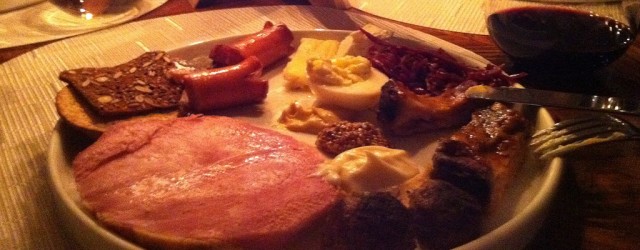
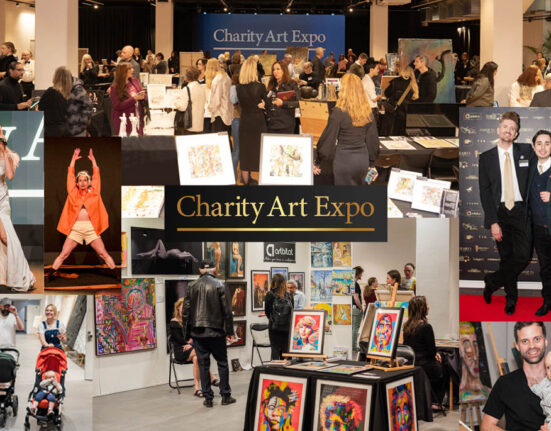
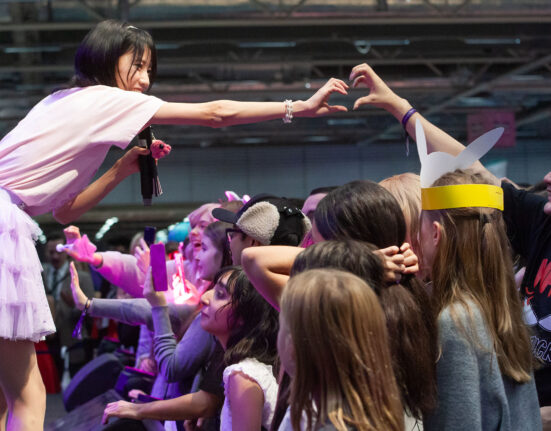
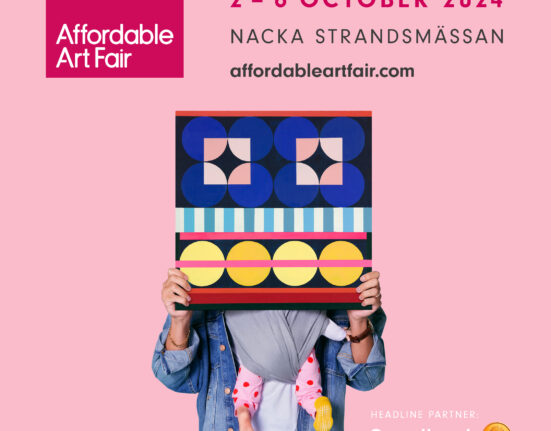
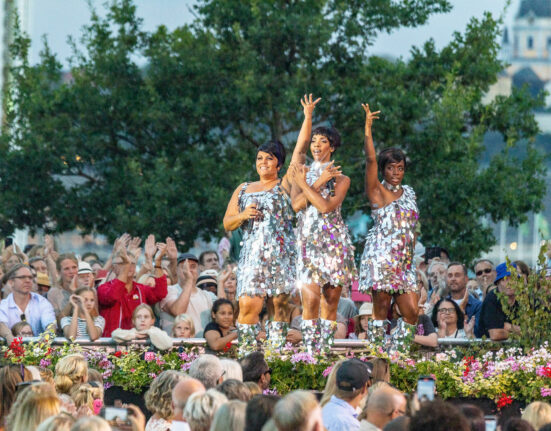
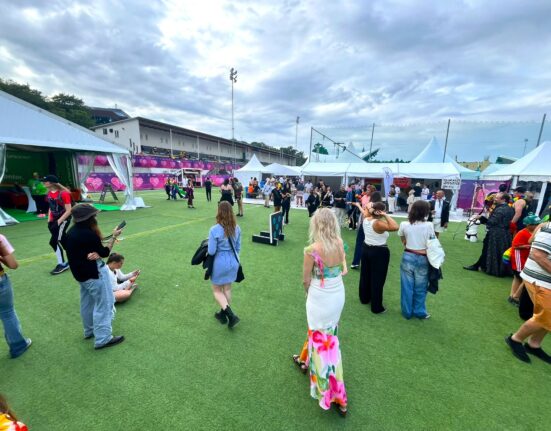
4 Comments